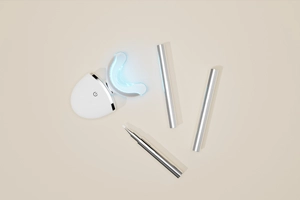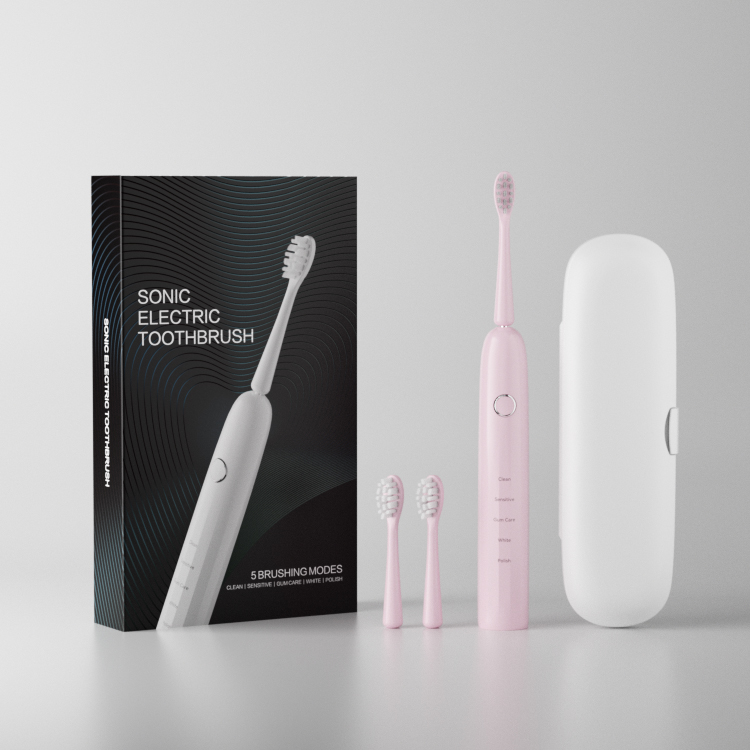For brands targeting eco-conscious consumers in Austin, the question often arises: can an Austin eco toothbrush also serve as an effective Austin whitening brush without compromising sustainability claims or product safety? In short, yes — but only when design, materials and validation are intentionally aligned. This article breaks down the engineering trade-offs, material choices, testing protocols and commercial strategies B2B buyers should consider when packaging a dual-purpose eco + whitening SKU for the Austin market.
First, understand the opportunity: Austin shoppers favor sustainable products, yet many still want visible whitening results. Therefore, a dual-positioned product must meet two expectations at once:
Material selection is the pivot point for a successful Austin eco toothbrush that can be marketed as an Austin whitening brush:
Beyond materials, engineering determines whether a brush truly whitens safely:
Retailers and dental channels require objective data:
How you present the product will determine channel success:
Finally, consider production and commercial mechanics:
A thoughtfully engineered Austin eco toothbrush can indeed double as an Austin whitening brush—but success requires integrated design choices: sustainable materials that don’t compromise durability, targeted polishing elements that reduce stains without abrasive damage, sonic profiles and pressure control that protect enamel, plus robust validation for B2B buyers. For OEMs and brand partners, the smartest approach is modular: offer a core eco handle with an optional whitening head and back it with test data and regional marketing to meet both green and beauty shopper demands.
If helpful, I can also draft a one-page technical spec (materials, RDA target, sonic amplitude, suggested testing protocol) and two SKU pack examples (basic eco; eco + whitening head bundle) ready for your R&D and commercial teams. Which would you like? Contact us
-300x300.jpg)
-300x300.jpg)

Where to Find Affordable Electric Toothbrushes in Los Angeles?
IPX8 Waterproof Electric Toothbrush Supplier | Durable Sonic Brush Solutions

Why Source from a Teeth Whitening Accessories Supplier Using Cosmetic Grade Whitening Gel?
IPX7 Waterproof Electric Toothbrush Bulk | Reliable B2B Supplier
.jpg)
Best Electric Toothbrush for California Buyers?

Why Should You Cover Your Toothbrush in the Bathroom? Hygiene Insights from Manufacturers

Why is Whitening Kit Ingredients Custom Vital for Producing SGS Tested Whitening Kit?

LA Cosmetic Dental Preferred Electric Toothbrush Manufacturers
Charcoal Bristle Electric Toothbrush OEM Manufacturer | Private Label Solutions

Solving Electric Toothbrush Mold: How OEM Design Prevents This Common Problem
.jpg)
Comparing Toothbrush Bulk Export Pricing?
Orlando Travel Toothbrush – Powsmart Travel Design with USB-C Charging

Can a Wireless Charging Toothbrush OEM Produce FDA Approved Electric Toothbrush Models Efficiently?

San Diego Military-Grade Durable OEM Electric Toothbrush Suppliers

California water flosser + California travel toothbrush combo?
Sustainable Toothbrush Packaging Supplier

Private Label Whitening Gel

Electric toothbrush heads Charcoal Infused-Diamond

electric toothbrush heads Ultra Soft

electric toothbrush heads Deep Clean

Customization Teeth Whitening Gel

electric toothbrush heads Charcoal Infuse-Round

electric toothbrush heads Regular Clean
.jpg)
Florida Electric Toothbrush – Powsmart PTR-C8
whstapp
whstapp
National Toll-Free Service Hotline
+86 755 86238638